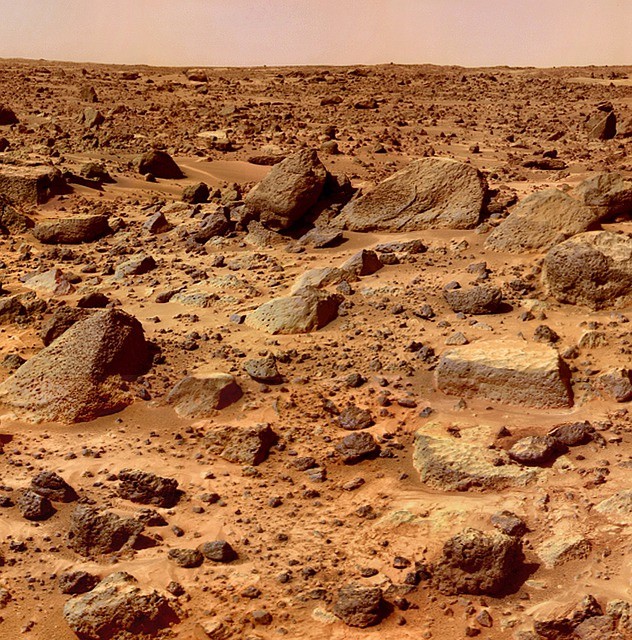
The discovery of the Chassigny meteorite that traveled through space when it broke off from Mars gives researchers a rare chance to examine a piece of the red planet without going there. That piece of the meteorite might show how the red planet was formed without speculating.
Meteorite Holds Clues About Mars
The meteorite fell to earth in 1815, containing volatile gases on mars. These gases are carbon, oxygen, hydrogen, nitrogen, and noble gases that are contrary to how models say planets are formed, report Science Alert.
Most planets are formed from stellar gas and dust based on the accepted evolution of planets. Stars are borne from nebular clouds as gas and dust pull together and clump under intense gravity. Material falls together due to gravitational fall; they look like stellar maelstroms, citing Nation World News.
Gas and dust form a stellar disk around an existing sun; the material that whirls and orbits the star will fall into each other if the condition is suitable to form a baby planet.
Other baby planets have come to form this way, and it is also the way our Solar System came to be about 4.6 billion years in ancient universal time, noted Space.
Figuring out how some elements are present in planets is difficult to understand.
Models of Planetary Formation
Volatile gasses are absorbed by a molten, starting to form planet out from a solar nebula, according to current models. At this stage, the proto-planet is hot and mushy, which sucks in the volatile elements in a magmatic ocean of the planet's surface, as evidenced by the Chassigny meteorite.
Read Also: NASA's Orion Unmanned Spacecraft is Ready To Journey to the Moon as the First Return in Decades
A later stage of planetary formation leads to volatiles outgassing the atmosphere while the mantle cools down.
Another way a planet can acquire volatiles is through meteoric strikes from space; all the volatile gases are locked in carbonaceous meteorites (called chondrites). Upon impact on the surface causes meteorites to release these gases.
The composition of a planet's interior should resemble that of the solar nebula, while its atmosphere should resemble that of meteorites. These ratios of noble gas isotopes, particularly krypton, allow us to distinguish between these two sources.
It is thought that Mars had clumped and solidified fast in a span of 4 million years, in contrast to Earth which took 100 million years to become what it is. The red planet formed faster, as concluded by scientists.
Geochemist Sandrine Péron says that reconstructing how volatile gases were transferred in the initial several million years of the Solar System.
The Martian rock found on earth has noble gas composition, and it came from the mantle and traveled to earth, an example of the planetary interior and thus the solar nebula.
Krypton gas in the meteorite is hard to measure and requires a precise estimation method. And this is where things got strange. The krypton isotope ratios in the space rock are more similar to those observed in chondrites. Like, significantly closer.
Peron says the Martian interior formation for krypton seems to be almost entirely chondritic, but the atmosphere is solar. It could be that meteorites were delivering volatiles to Mars earlier than thought; it occurred when the solar nebula was still prominent.
Chassigny Meteorite provides a clue how the formation of Mars was different, and the study and its author are working out this process.
Related Article : NASA Reveals Mars InSight Lander and its Decreasing Power Supply Will Cease Functioning Soon on the Red Planet
© 2026 HNGN, All rights reserved. Do not reproduce without permission.








